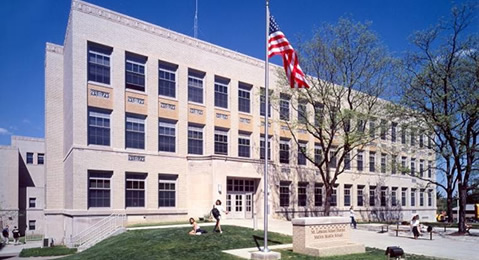 |
||||||||||||||||||
 |
||||||||||||||||||
New construction costs nearly twice as much as renovations/additions Between October 2003 and December 2008,
the All renovated school buildings must be brought up to code and will have the same life expectancy of a new school. The average cost, per square foot, of new schools is nearly twice the cost of renovations and additions, if all project costs are considered. New Schools: $204.10 sq. ft. |
EPA/National Trust Project The federal Environmental Protection Agency and the National Trust for Historic Preservation have created a national initiative to preserve America’s walkable neighborhood schools and to build new ones. Organizations in five states – California, New Hampshire, Illinois, Pennsylvania, and South Carolina – were chosen to pilot programs to promote neighborhood schools. To read a report about the initiative, click here. Forty years ago, nearly half of all of students walked or biked to school. Today, less than 15 percent of students between the ages of five and 15 walk to or from school, and 1 percent bike to school. A study of school siting conducted by the EPA in 2003 reported three major findings:
Keeping schools in established neighborhoods and locating new schools within walking distance of as many homes as possible will promote walking and bicycling, which in turn will reduce emissions related to auto travel and improve environmental quality. The project is being funded by the EPA, the National Trust, and the Jessie Ball duPont Fund.
|
|||||||||||||||||||||||||||||||||||||||||||||||||||||||


